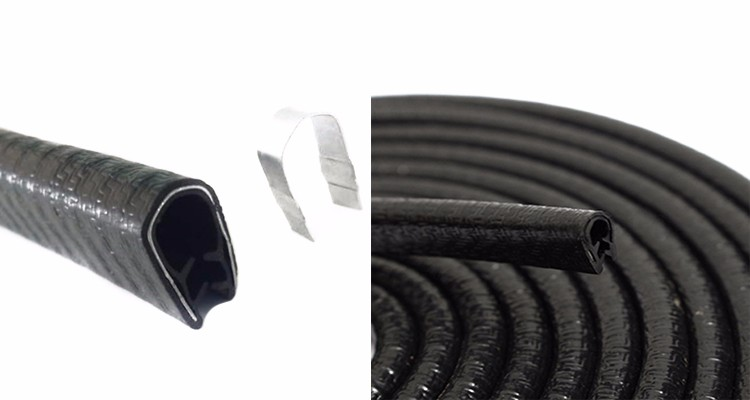Sep . 29, 2024 00:27 Back to list
High-Performance Rubber Strips for Extreme Temperature Applications and Industrial Use
High Temperature Rubber Strips A Versatile Solution for Extreme Conditions
In various industrial applications, the need for materials that can withstand extreme temperatures is paramount. High temperature rubber strips are increasingly becoming the material of choice for many manufacturers due to their resilience and versatility. These specialized rubber strips are designed to perform in environments that would typically degrade standard rubber, making them ideal for a range of applications.
Material Composition and Properties
High temperature rubber strips are usually composed of synthetic elastomers specifically engineered to withstand elevated temperatures. Common materials include silicone, fluorosilicone, and neoprene, each offering unique properties. Silicone rubber, for instance, maintains its elasticity and strength in temperatures ranging from -75°F to 500°F (-59°C to 260°C), making it suitable for both high and low-temperature applications.
Fluorosilicone, on the other hand, can handle fuel and oil exposure while also resisting extreme temperatures, making it an ideal choice for automotive and aerospace industries. Neoprene, although slightly less temperature-resistant than silicone, offers good mechanical properties and resistance to ozone and weathering, making it a reliable option for outdoor applications.
Applications Across Industries
The applications of high temperature rubber strips are vast, spanning several industries including automotive, aerospace, food processing, and manufacturing. In the automotive sector, these strips are often used in engine compartments, sealing components against heat and moisture. Their thermal stability ensures that seals and gaskets remain intact even under extreme conditions, preventing leaks and prolonging the life of the engine.
In aerospace applications, high temperature rubber strips are essential for gaskets and seals used in engines and other components exposed to high heat. The reliability of these materials is crucial, as any failure can result in catastrophic consequences.
high temperature rubber strips

The food processing industry also benefits from high temperature rubber strips, particularly silicone variants that meet stringent food safety standards. These strips can be used in high-temperature cooking and processing equipment, ensuring that they do not contaminate food products while maintaining their structural integrity.
Benefits of High Temperature Rubber Strips
One of the most significant advantages of using high temperature rubber strips is their durability. Unlike traditional rubber, these specialized strips do not easily degrade in harsh environments. They resist aging, ozone cracking, and exposure to chemicals, which extends their functional lifespan.
Furthermore, high temperature rubber strips are also flexible and can be manufactured in various sizes and shapes to meet specific application needs. This adaptability makes them an excellent choice for custom applications, providing a tailored solution for manufacturers.
Additionally, the installation process for rubber strips is straightforward. Many can be adhered using adhesives or fasteners, simplifying their application in various settings. This ease of use reduces labor costs and enhances efficiency in manufacturing processes.
Conclusion
High temperature rubber strips represent a critical advancement in material science, providing robust solutions for industries where temperature extremes and material degradation are significant concerns. With their unique properties and versatility, high temperature rubber strips cater to the needs of numerous applications, ensuring performance and reliability under challenging conditions. As industries continue to evolve, the demand for high-quality materials like these will only increase, highlighting the importance of innovation in material development to meet modern requirements. Whether in automotive, aerospace, or food processing, high temperature rubber strips are proving to be an indispensable component in the engineering of resilient and effective systems.




